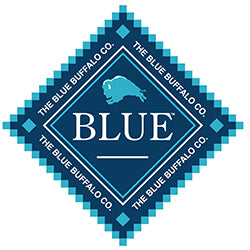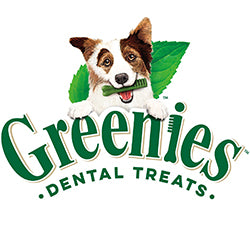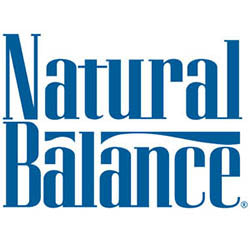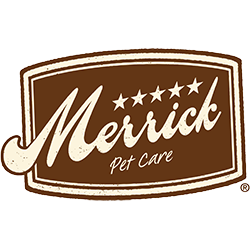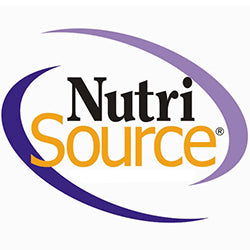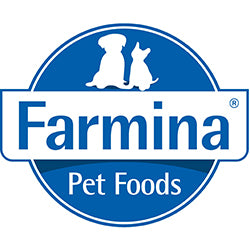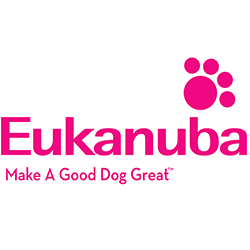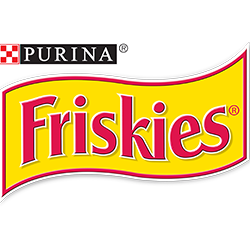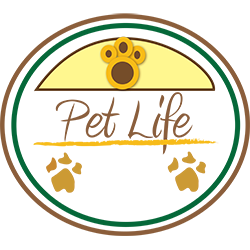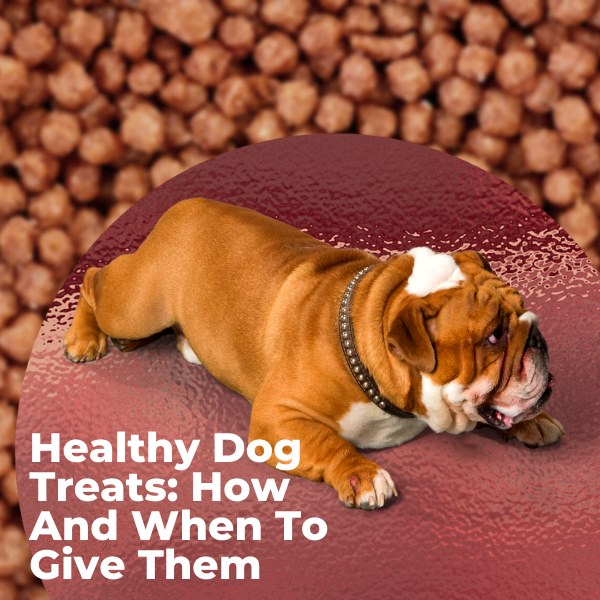
Healthy Dog Treats: How and When To Give Them
Every pet owner loves treating their canine friend to some delicious snacks once in a while. With 69 million US households owning a dog, it is no surprise that entrepreneurs have flooded the market with some delicious and healthy dog treats. Each fills a particular niche, with products ranging from healthy dog treats to grooming equipment.

Our article will guide you on when and how to give your pet the best quality dog treats based on the recommendations from dog owners and the top brands.
Things To Keep In Mind While Buying Treats For Your Pet
Pet owners should exercise caution in choosing and feeding pets with treats. Some of them are made using risky sources like dead animals, which are cheap but can cause infection. So, always feed your furry friend the best quality healthy dog treats.
To give your dog the best nourishment, you should consider a few factors. These include local manufacturing since food items regulations are tighter than in certain nations. They should contain recognizable ingredients since unethical producers can mask harmful ingredients such as butylated hydroxyanisole with less familiar names. Treats formulated with all-natural products are preferable, such as Crumps dog treats.
Ideally, healthy snacks should have a low-calorie count. Many pets are at high risk of obesity nowadays, especially if they are strictly indoor, so smaller treats are encouraged since they have fewer calories. Additionally, they should be free from pesticides, artificial preservatives, and flavors because they are linked to cancer, neurological conditions, and digestive issues.
Spending within your budget is vital. While many customers prefer premium products for their pets, you can also buy reasonably priced, high-quality pet treats.

How To Give Dogs Treats?
Handing your pet treats from the bag may seem very easy to do. However, you should know the proper treats to food ratio, what type of food, and the best time to give them. Below are some tips on how to give dogs healthy treats, so please keep reading.
Hold It Towards Them
Dogs have a strong sense of smell, so you don't need to hold it close to their nose. An over-excited dog may jump around and drool all over you, so remember to give it to them once they are calm to train them to be submissive. Training a dog to be calm will help stem behavioral issues and promote discipline.
Try Fruits and Vegetables
Our furry friends are not picky eaters. From vegetables to fruits, dogs are open to all these options and don't care if it's meaty. You could give them steamed broccoli, carrots, peas, or green beans. Steaming them makes it easier on their teeth, thus preventing dental damage. You can also occasionally feed them fruits such as bananas, berries, watermelon, and apple slices. If Fido is a picky eater and runs away at the sight of fruits, try Grandma lucy's dog treats. They are available in various options, from oven-baked cranberries to apple slices.
Follow The 10% Rule
Dogs love treats, and dog owners love giving their dogs treats. It forms a good bonding exercise with your pet but can quickly get out of hand if you say yes once too many times. Treats should make up only 10% of your pet's calories. While dog treats may contain essential nutrients, they should not constitute their primary source of nutrition.
Your vet can help by providing a recommendation based on your pet's weight, likes, and overall health. A good brand to consider is Roam pet treats which are low in calories and rich in micronutrients.
Avoid Using Human Snacks
Human snacks may attract your dog's attention with their delicious smells. Their puppy face may cause you to give in to their demands, but this is not advisable. Fatty foods pose a significant health risk due to their high-calorie count and low nutritional value. Some of them, such as chocolate, are also toxic, so place these snacks out of their reach.
Instead, consider giving your pet something like Granville island dog treats to boost their immunity and improve their overall health.

When to Give Dog Treats?
Use Treats As Rewards To Reinforce Good Behavior
Typically, dog owners use treats as a positive reinforcement when the dog performs a desirable behavior. This includes actions such as (but not restricted to) biting, hyperactivity, disobedience, chasing, digging, barking, peeing in inappropriate places, and growling.
According to psychologist Ivan Pavlov, classical conditioning using positive reinforcement leads to increased occurrence of the desired behavior and is far more beneficial to practice in the long run. So, if your dog expects rewards for good behavior with tasty treats, they are more likely to please you than simply looking for ways to stay out of trouble. Many trainers recommend positive reinforcement because it helps form a better relationship in the long run with your pet.
Do Not Give Them Before or During Mealtimes
Treats can be filling since some treats, such as Einstein dog treats, contain real peanut butter. For this reason, treat time should not coincide with regular meals. Dog food contains a full spectrum of nutrients like protein, vitamins, water, fats, carbs, and vitamins. Although there are some healthy dog treats, one must not replace meals with treats. Maintaining a regular feeding schedule will help keep your pet’s health in the long run.
Ensure you give your dog treats a few hours after breakfast, lunch, or dinner. At that point, their stomachs have digested the food and can accommodate a few treats.

Conclusion
Providing your pets with the best nourishing food is essential to their well-being. While this may sound simple enough, you should also consider that your pet has needs similar to humans. They get bored of the same meals and may want some small bites during the day.
Just follow our easy tips on when and how to feed your dog healthy treats for a more active, healthy, and happy canine, who will live longer to form more pleasant memories with you.
- Choosing a selection results in a full page refresh.

